from 0 review
3 hours
Walking Tour
Private Tour
Your hotel or Piazza Navona
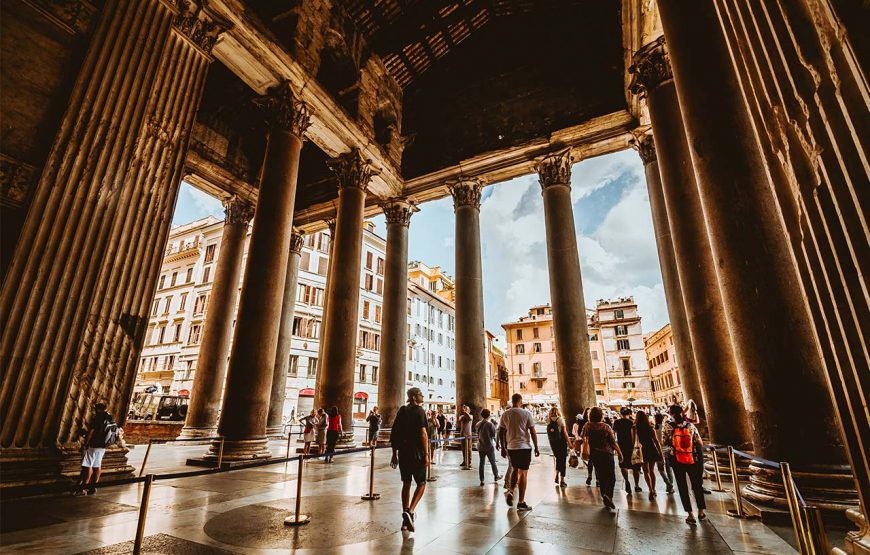
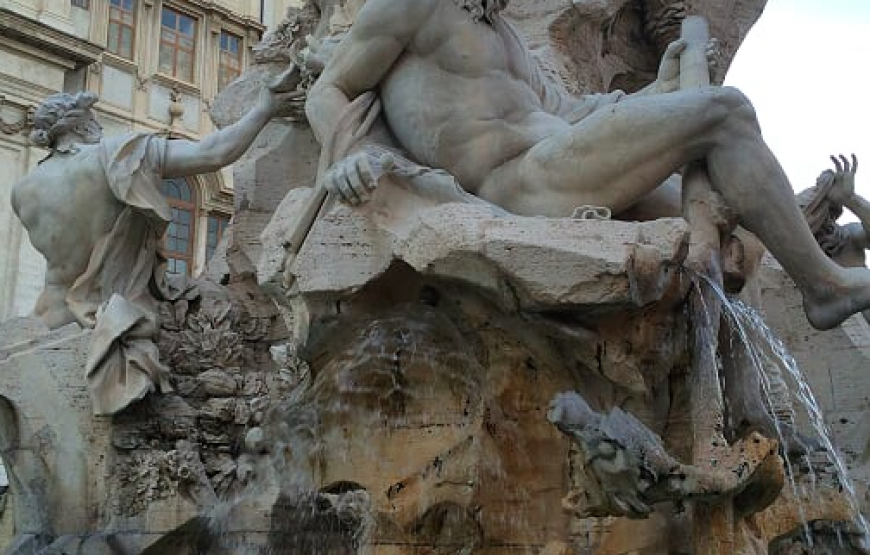
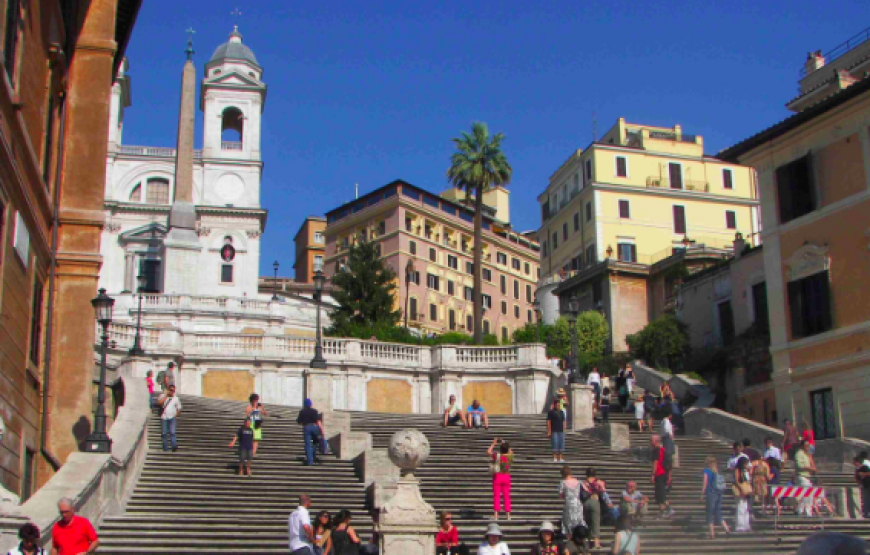
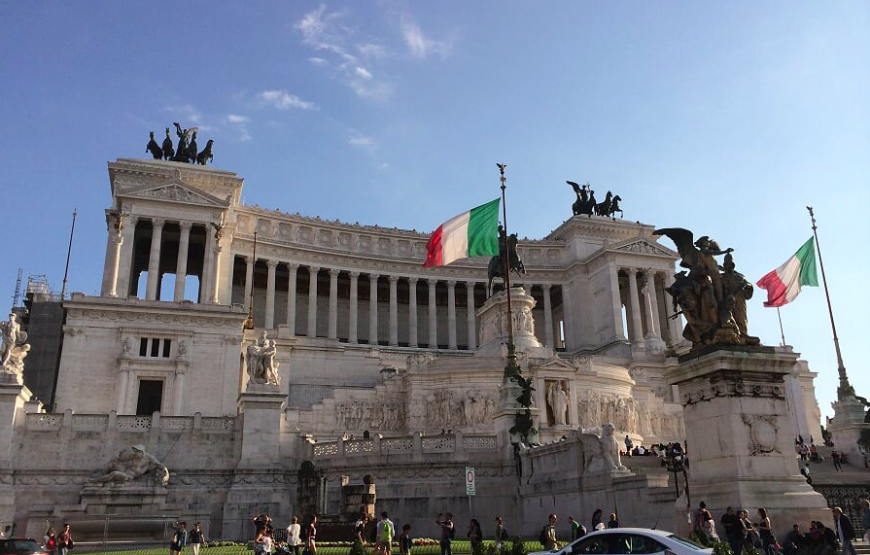
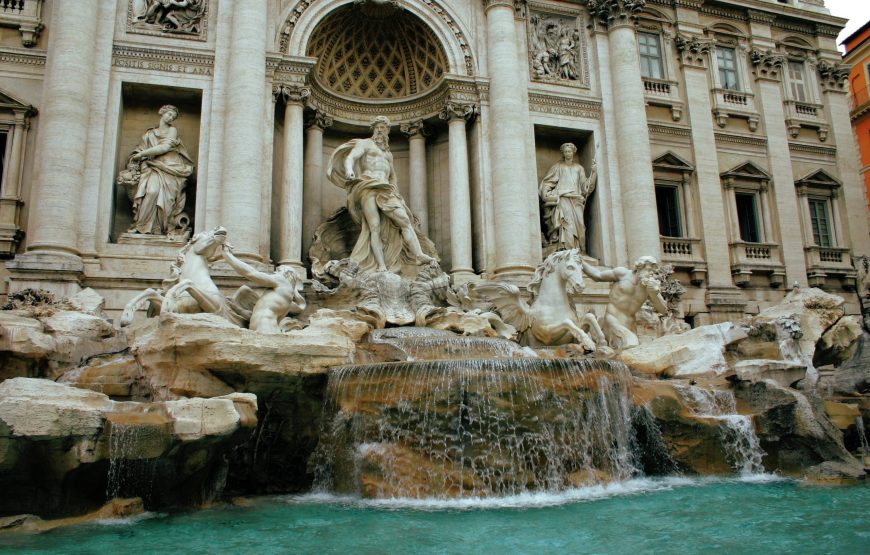
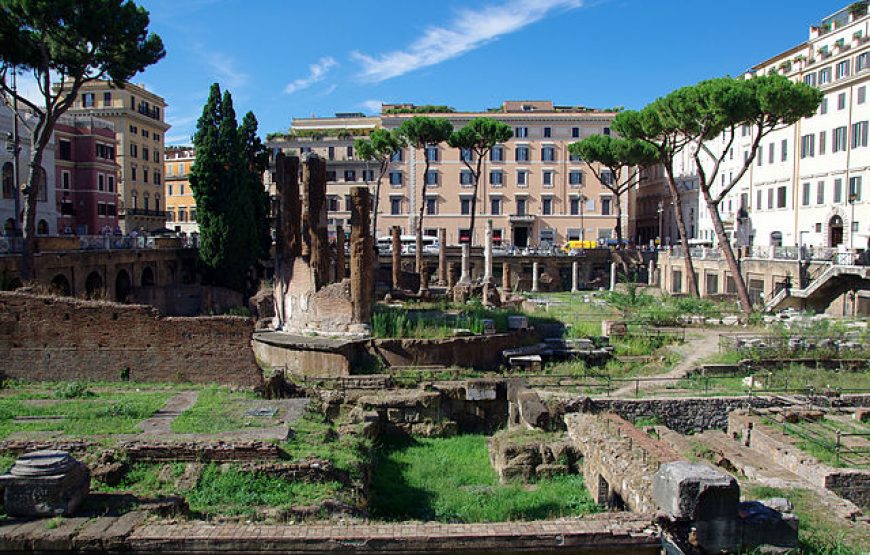

|
The Pantheon, an architectural masterpiece in Rome, is a testament to ancient Roman skill and ingenuity. Built by Emperor Hadrian between 120 and 125 AD, this remarkable structure features a colossal 43.3-meter concrete dome with a central oculus that illuminates the interior. |

The Capitoline Hill, though the smallest of Rome's seven hills, holds great significance. It housed the Temple of Jupiter Optimus Maximus, the most important sanctuary in ancient Rome. Today, it is home to the Capitoline Museums, founded in 1471 and considered the oldest public museums globally.

Enter the bustling tapestry of Piazza Navona, an extraordinary public square that pulses with the rhythm of Roman life. From its very inception in the 1st century AD as a grand Roman stadium, this vibrant piazza has evolved into a veritable jewel of Baroque magnificence, captivating all who wander through its storied confines.

Rising majestically amidst the grandeur of Rome, the Victor Emmanuel Monument, known as the Altare della Patria or the Monumento Nazionale a Vittorio Emanuele II, stands as a resplendent tribute to the first king of a unified Italy. A symbol of national pride and unity, this magnificent structure embodies the spirit of a nation forged through struggle and determination.

The Trevi Fountain, a dazzling Baroque masterpiece, graces the streets of Rome, Italy. Designed by Nicola Salvi and adorned with sculptures by Pietro Bracci, it stands as the city's largest and most celebrated fountain. At its center, the majestic figure of Oceanus, the god of water, commands attention. The fountain's cascading waters create an enchanting ambiance.

The Forum of Julius Caesar emerges from the very fabric of ancient Rome, transforming a humble vegetable market into a sprawling testament to the ambitions of one of history's most celebrated figures. In the blink of an eye, this remarkable construction, completed within a single year, became a magnificent stage for Caesar's political theater, a potent tool of propaganda aimed at solidifying his popularity and prestige.

Piazza Venezia, a captivating square in the heart of Rome, bears witness to the intersection of power and history. Here, the imposing Palazzo Venezia, a grand palace built in the 15th century, commands attention with its noble presence. In more recent times, this distinguished square became the stage for two significant residences, each leaving an indelible mark on the city's narrative.
|
•Comfortable shoes, such as sneakers with cushioned insoles, are highly recommended for walking. |
|||
|
•In the summer months, Rome can be hot and sunny, so lightweight, breathable clothes, a hat, and sunscreen are recommended. |
|||
|
•In the cooler months, dress in layers to accommodate fluctuating temperatures. |
|
•A water bottle to stay hydrated |
|||
|
•Sunscreen and a hat (in sunny weather) |
|||
|
•A light jacket or layers (in cooler months) |
|||
|
•A small backpack or bag to carry your belongings |
|||
|
•Your camera or smartphone for taking photos |
|||
|
•A valid ID or passport for identification purposes |
|||
|
•Cash or credit card for entrance fees, souvenirs, or food |
|
Wear comfortable shoes as it involves shoes Wear a hat and bring a bottle of water. |
|||
|
•We recommend you book one month in advance especially during peak season. |
|
•The sites may be closed or partially closed due to special events, maintenance, or restoration work, so it's a good idea to check with us in advance. The Pantheon is closed on Saturday evening from 4:30 pm and on Sunday morning from 10:00 Am till 1:00 PM. |
|||
|
•In case of heavy rain or extreme weather, the sites may close temporarily for safety reasons. |
|
•For a full refund, tours must be cancelled at least 96 hours prior to the scheduled start time. |
|||
|
•If a tour is cancelled between 72 and 24 hours before the tour, only the balance amount will be refunded, and the ticket fee will be retained. |
|||
|
•No refund will be issued for tours cancelled within 24 hours or less of the scheduled start time. |